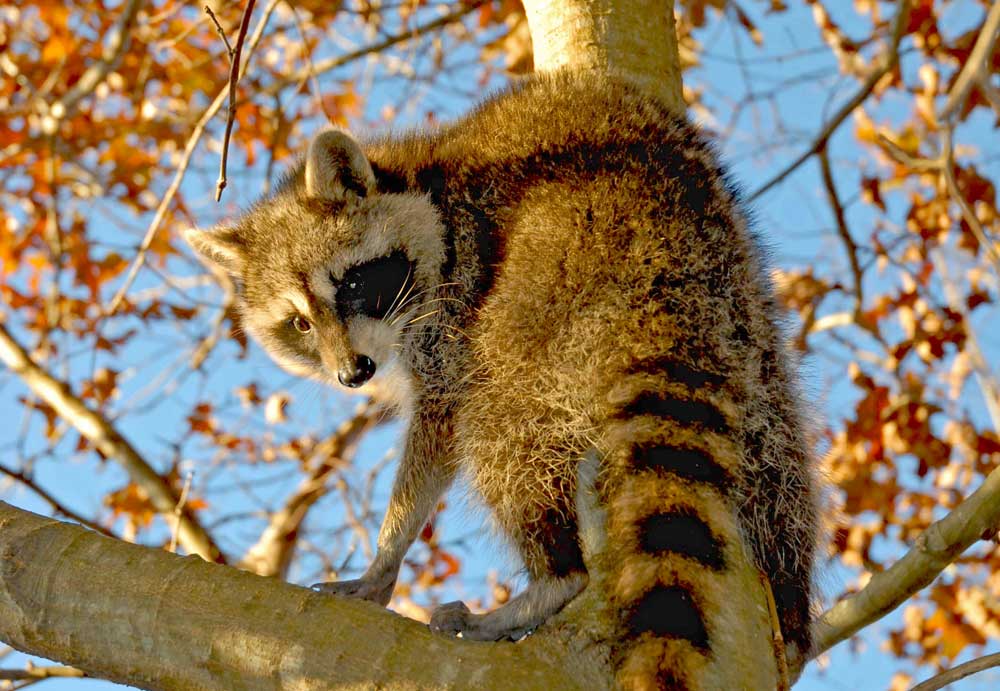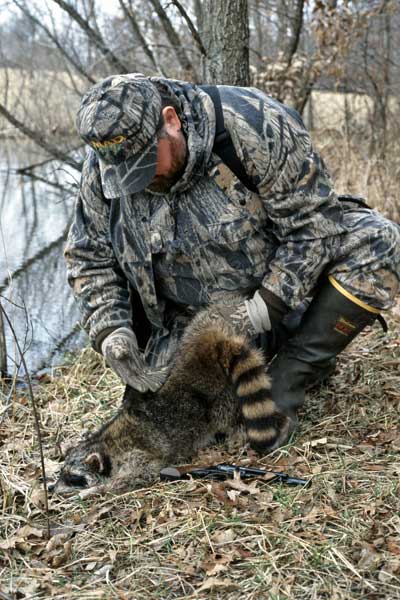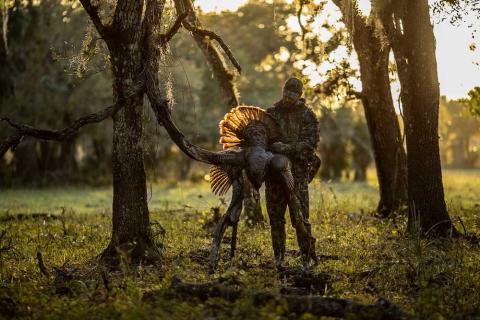provided by John Phillips
Tad Brown of Missouri is a Mossy Oak ProStaffer and has been hunting turkeys for more than 45 years and trapping for 50 years. Turkey populations throughout many areas of the country have been in decline for several years now. Brown believes that the three main reasons may be: loss of habitat, unfavorable weather conditions and increasing predation.
“Hunting clubs, private landowners and hunters can’t stop the loss of habitat or change the weather patterns,” Brown said. “However, by helping reduce the number of predators, especially nest predators, we can influence the growth of turkey populations on the lands we hunt.”

Trapping supplies have gotten fairly expensive since you need to put out a large number of traps to be effective. For instance, a dog-proof trap is really effective at catching coons and opossums and perhaps skunks. They cost about $10 each and are called “DPs” (dog-proof). Leg-hold traps can cost as much as $60 per dozen, and some can cost as much as $300 per dozen, depending on the size of the trap. Most of the traps you need to catch most predators with will cost about $60-70 per dozen. Quality coyote traps cost about $100 per dozen.
 There are many factors that determine the value of fur. The further north that you trap, the better the fur prices will be. As I’ve mentioned earlier, if you’re trapping in the South, the fur will be of much less value. The way you sell the fur to the buyer also determines the price you will get paid for the fur. For instance, if you sell a fur bearer “in the round,” which means you catch and kill the animal and take the animal to the fur bearer without skinning, stretching or drying the hide, you may get $20 for a really big raccoon from the Midwest to the North because the fur buyer still then has to skin, flesh, sew up bullet holes and dry it.
There are many factors that determine the value of fur. The further north that you trap, the better the fur prices will be. As I’ve mentioned earlier, if you’re trapping in the South, the fur will be of much less value. The way you sell the fur to the buyer also determines the price you will get paid for the fur. For instance, if you sell a fur bearer “in the round,” which means you catch and kill the animal and take the animal to the fur bearer without skinning, stretching or drying the hide, you may get $20 for a really big raccoon from the Midwest to the North because the fur buyer still then has to skin, flesh, sew up bullet holes and dry it.
The next way to sell the fur is called “green fur,” which is when the trapper skins the critter and takes the hide to the buyer. The fur buyer then has to flesh the hide, wash it and stretch it, but this process will yield a little bit more money for that critter’s hide than if you bring in the whole animal.
Most fur buyers prefer to buy hides that have been cleaned, fleshed, stretched and dried. With the fur I sell, I skin and flesh the hides, wash them and next comb all the burrs and tangles out. Then I stretch the fur and dry it, which enables me to get more money for my overall efforts. Let’s say if you can get $50 for a coyote hide that is stretched and dried, you’ll only receive about $20 if you sell it to the buyer in the round. If you just skin and flesh that coyote, you’ll probably get about $30-$35.
Coons are only selling for about $3 a piece. A Minnesota or a Wisconsin coon that is really large with prime fur may sell for $10-$12. Many fur buyers won’t even buy a coon pelt in any condition. The need for removing turkey-nest predators is becoming increasingly important to hunters. So, the trapper has to be supplemented with money from landowners and hunting clubs, because the price of the fur is not worth his time and effort to remove those nest predators.




























